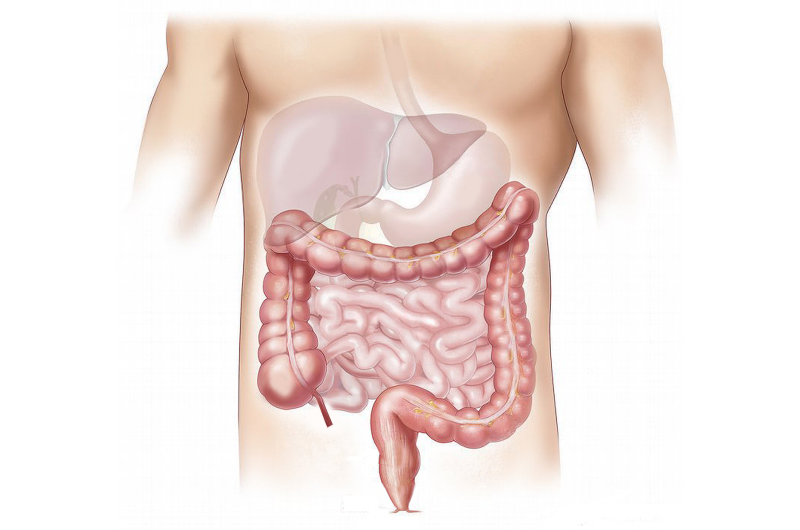New Insights into ADHD and Anxiety in Girls Could Improve Early Detection

Recent research conducted by NTNU has uncovered important connections between Attention Deficit Hyperactivity Disorder (ADHD), anxiety, and sex differences in adolescents. The study highlights how the relationship between these conditions varies between girls and boys, especially focusing on the inattentive type of ADHD, which is more common among girls.
The researchers found a significant link between anxiety and inattentive ADHD specifically in girls, a discovery that is being published in the Journal of Child Psychology and Psychiatry. This is the first evidence showing that the association between ADHD and anxiety is sex-specific and predominantly linked to inattentiveness.
Professor Lars Wichstrøm explained that as inattention increases in girls, their risk of developing severe anxiety symptoms during childhood and adolescence also rises. Conversely, heightened hyperactivity and impulsivity in early school years were associated with increased anxiety in boys. This suggests that the pathways leading to anxiety may differ between sexes.
The study emphasizes that girls with inattentive ADHD often go undiagnosed because their symptoms—such as daydreaming, forgetfulness, and seeming shy—are less disruptive than hyperactivity. This delay in diagnosis can prevent early intervention, which is crucial since early detection of inattention could reduce the development of anxiety issues later in life.
Furthermore, the research underscores that anxiety levels tend to escalate during adolescence, particularly in girls, emphasizing the importance of recognizing early signs of inattention before anxiety sets in. Early intervention can play a vital role in mitigating the long-term effects of these interconnected conditions.
The findings also point to social challenges faced by girls with inattentive ADHD, including increased vulnerability to bullying and social exclusion, which may further contribute to anxiety and depression. While genetics play a role, the study suggests that the severity and manifestation of ADHD and anxiety symptoms are also influenced by developmental factors.
Overall, this research advocates for improved awareness and screening methods for ADHD in young children, especially girls, to enable timely support and reduce mental health complications in adolescence and beyond.
Stay Updated with Mia's Feed
Get the latest health & wellness insights delivered straight to your inbox.
Related Articles
Innovative Online Program Supports Body Confidence in IBD Patients
A new online program developed by Flinders University aims to improve body image and emotional well-being for people with Inflammatory Bowel Disease, combining mindfulness and cognitive therapy techniques.
Military Discharge: Challenges, Impact, and Opportunities for Better Transition Support
Recent research reveals critical issues in military discharge processes that can impact veterans' mental health and highlight the need for improved transition support.
Research Shows Older Adults Are More Resilient to Cyberbullying's Psychological Impact
A groundbreaking study shows that older adults are more resistant to the psychological effects of negative social media comments, highlighting age-related differences in emotional resilience to cyberbullying.
New Mathematical Framework Explains How Humans Store and Recall Narrative Memories Using Random Trees
A novel mathematical model utilizing 'random trees' offers new insights into how humans store and recall complex narrative memories, advancing understanding of cognitive processes.



